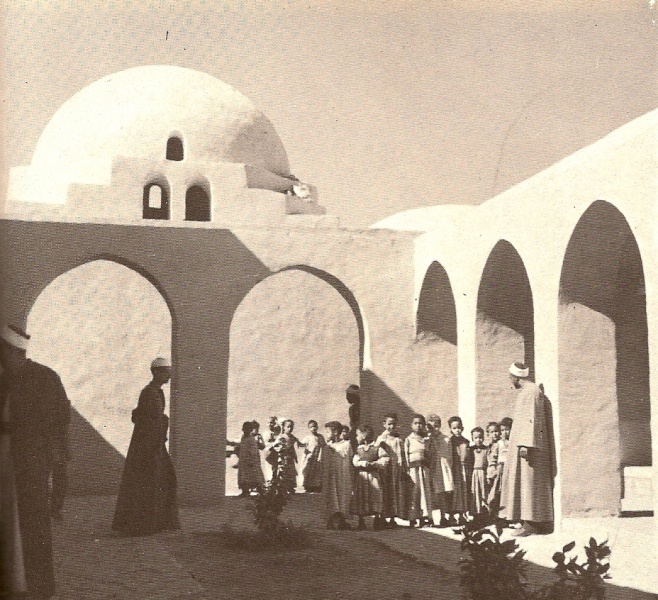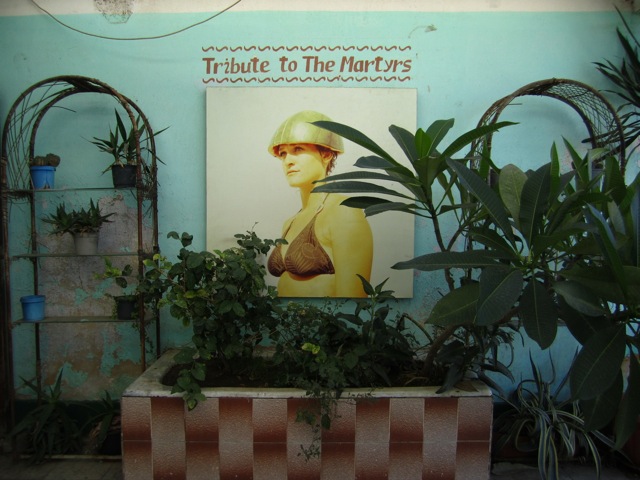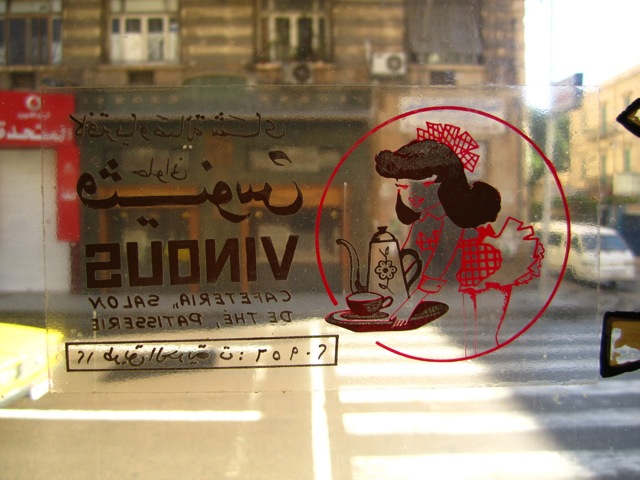“The house still stands at the end of the curved, dusty road at the foot of Cairo’s great Citadel. It still has character and mystery; now, however, it is a unique work of art amidst its modern concrete neighbours.
It is the house where Hassan Fathy lived; a mansion without its master. That master was an intriguing man; one to whom some bowed, and many more raised a sceptical brow. He was seen as eccentric and a dreamer — the strange man who built his house of mud — not the man the world now praises; the architect who laboured for the people.”
That is how Yasmine El-Rashidi (writing for Al-Ahram Weekly) describes her visit to Hassan Fathy’s house, on the centenary of his birth.
 /Hassan Fathy, photo via Design with Nature/
/Hassan Fathy, photo via Design with Nature/
Hassan Fathy was born in Alexandria in 1900, and died in Cairo in 1989. He was a notable architect, a man with a vision, a man who truly wanted to use his knowledge to help his community. His mission was to provide a decent housing for all Egyptians and especially the poorest, the peasants who lived outside the cash economy.
When he got his degree and was out on his first job (he was assigned to build a school in a remote farming area of the Delta) a life-changing experience happened to him – one that would help put him on a path towards different architecture. On reaching the village, he was shocked by the poverty of its residents, and wrote:
“I suddenly felt terribly responsible. Nothing had been done out of consideration for the human beings who spent their lives there; we had been content to live in ignorance of the peasant’s sickening misery. I decided I must do something.”
And he did something, and kept on doing it for the rest of his life. He brought back efficient and sustainable building techniques, but also trained ordinary citizens to make their own building materials and even construct their own homes. He did not incorporate western ideologies into his architectural techniques, he rather used old techniques which were cheaper, sustainable and energy efficient.
 /New Gourna Mosque, photo © Hassan Fathy/
/New Gourna Mosque, photo © Hassan Fathy/
He brought back the use of mud brick, also known as Adobe. As Simone Swan writes:
“Adobe became Fathy’s technological passion, and he remained loyal to it not only because of its durability over millennia—some adobe structures in Egypt are more than 3000 years old—but also because of its thermal properties: In many desert climates it maintains comfortable temperatures within a range of three to four degrees centigrade (5-7°F) over a 24-hour cycle. Furthermore, it is plentiful: Approximately one-third of the world’s people already live in houses made of earth.”
In a world were architecture is praised mainly for its aesthetic value, Hassan Fathy’s vission is more than necessary. In Architecture for the Poor, he writes:
“Although I believe that the appearance of the building has the most profound effect upon its inhabitants, yet one cannot house men in the Parthenon. One’s beautiful designs must serve the humble everyday needs of men; indeed, if these designs are true to their materials, their environment, and their daily job, they must necessarily be beautiful.”
 /New Gourna Boys Primary School, photo © Roger Viollet/
/New Gourna Boys Primary School, photo © Roger Viollet/
Unfortunately, precisely because of his vision and commitment to society, Fathy encountered many setbacks during his long career. As Swan puts it: “His commitment to the poor made him an outsider in Egypt, one who was regarded as a threat to vested interests in industrial building materials, banking, real estate and large-scale contracting.”
Still, he managed to work on more than 160 projects during his lifetime. In 1946 he started working on the Gourna Village project where he incorporated new designs and urban planning with older, more sustainable building techniques. Decades later, the model village is falling into serious disrepair. World Monuments Fund (WMF) made this video in hope of carrying out a project to safeguard the site.
In 1957 Fathy designed a prototype of temporary housing for Palestinian refugees, in 1967 he worked on New Bariz Village (Kharga), his best known community project.
In 1972 he published To Build With The People, a year later translated by Chicago Press and published as Architecture for the Poor, which catapulted Fathy’s work to international fame. The revised title was not Fathy’s choice, but that of the publisher, and it is precisely that revised title that illustrates the issues Fathy faced in his career in relation to his vision.
I think that there is a big problem in that English translation, just like there is a big problem when we talk about charity instead of solidarity. The problem lays in the dynamic of power, in the hierarchy, in looking down on.
Let me quote Eduardo Gaelano on this one: “I don’t believe in charity. I believe in solidarity. Charity is so vertical. It goes from the top to the bottom. Solidarity is horizontal. It respects the other person. I have a lot to learn from other people.“
Fathy’s architecture was about people – seeing their needs, helping them, working with them, learning from them. Sure, they were peasants, they were poor, but they were also more than that, and Fathy’s architecture went beyond that. And it wasn’t and isn’t architecture that is limited to poor people. It was and is architecture that promotes sustainable, modest and yet beautiful way of living. That is what we all need to consider, rich or poor, if our wish is to preserve our nature, our culture and our future.
• • •
Previous Remembering… sessions:
Remembering Assia Djebar: I Write Against Erasure
Remembering Howard Zinn: To Be Hopeful in Bad Times
Remembering Pablo Neruda: Pablo Neruda, Presente!
Remembering Nadia Anjuman: One Day, My Hands Will Become Weavers
and more.

































